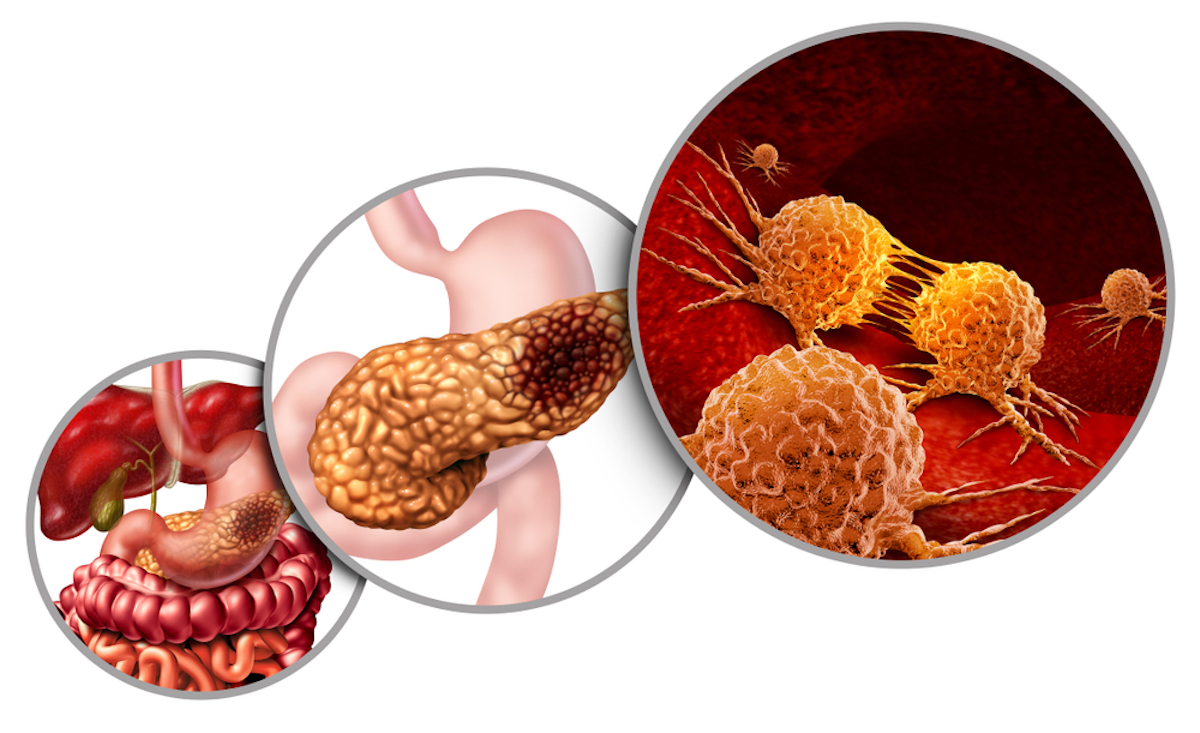Receiving a diagnosis of pancreatic cancer is a real nightmare for most patients. After times of uncertainty, you finally know what it is, but for most diagnosed patients it is just the beginning – of more uncertainty. After the diagnosis, you’ll get more and more tests, and if possible you’ve to start treatment immediately. Every year this diagnosis is made more than 60 thousand times and nearly 50 thousand people die from this form of cancer – after fighting so hard to get better.

That’s why it’s so important to get diagnosed at an early stage! The sooner this type of cancer is diagnosed, the better your chances of survival. Therefore, it is incredibly important that you are aware of the warning signs. After all, a painful abdomen isn’t always just a cramp.
What is Pancreatic Cancer?
Cell mutation causes pancreatic cancer, which can result in a cancerous or non-cancerous tumor in the pancreas. Treatment should commence immediately upon diagnosis. The pancreas regulates blood sugar levels and produces insulin and glucagon, which are critical in controlling the body’s blood sugar.

